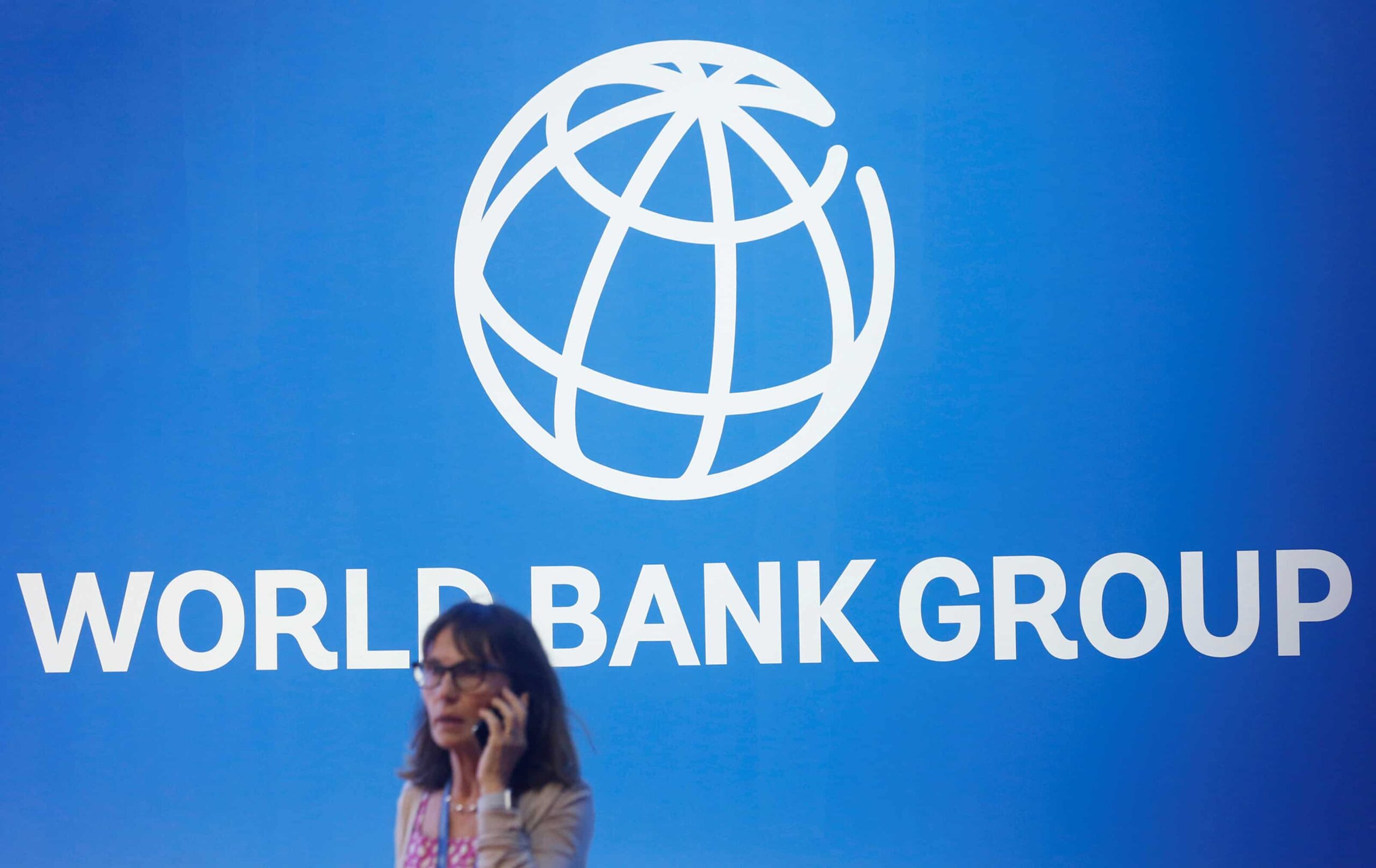The Government of Goa has announced a groundbreaking partnership with the World Bank to establish a pioneering Blended Finance facility aimed at bolstering climate resilience. According to a press release, this unprecedented initiative marks a significant step towards accessing and mobilizing concessional finance to implement low-carbon and climate-resilient investments in Goa, setting an example for other coastal states in India.
The announcement of the Blended Finance facility was made during the 2024 edition of the World Bank’s India Climate and Development Partners’ Meet, a prestigious annual conference held in Panaji from February 19 to 21.
This conference serves as a platform for thought leaders and changemakers in the climate sector to convene and collaborate on pressing climate challenges.
Under the framework of the Blended Finance facility, the Department of Environment, Government of Goa, signed Memoranda of Understanding (MoUs) with key financial institutions, including the National Bank for Agriculture and Rural Development (NABARD), the Small Industries Development Bank of India (SIDBI), and the Power Finance Corporation (PFC).
These partnerships underscore the collaborative effort to drive sustainable climate action and resilience-building initiatives in the region.
The facility is designed to play a dual role: firstly, assisting projects with existing funding or established commercial viability to access financing, and secondly, channeling financing to projects and sectors with no existing funding or unattractive risk/return profiles. By bridging green financing mechanisms with domestic capital markets, the facility aims to attract private capital investments for climate action, thus facilitating the transition towards a sustainable and resilient future.
In his address at the India Climate and Development Partners Meet, Pramod Sawant, Chief Minister of Goa, emphasized the significance of resilience in achieving Goa’s vision of balance and prosperity. He underscored the role of the Blended Finance Facility in embedding resilience in planning, investments, and infrastructure, thereby empowering communities and fostering sustainable development.
Chief Minister Sawant, said, “Resilience is a crucial aspect of our vision for a Santulit (balanced) Goa that bridges economy and ecology and balances our aspirations for the health of our ecosystems and the development and wellbeing of our people. This Blended Finance Facility will enable us to embed and operationalize greater resilience in our planning, investments, and infrastructure. We look forward to empowering our communities with the new technologies and business models that will be crucial in our response to climate change.”
Aligned with the state’s vision of “Samruddhi, Santulan, and Suramyata” as outlined in Viksit Goa 2047, the facility will support the operationalization of Goa’s State Action Plan on Climate Change (2023-2033).
Key sectors earmarked to benefit from blended finance investments include e-mobility, renewable energy, biodiversity conservation, coastal protection, and green tourism, among others.
Commenting on the initiative, Jennifer Sara, Global Director, Climate Change Global Practice, World Bank, emphasized the transformative potential of blended finance innovations in mobilizing resources for climate-resilient projects.
Sara said, “Blended finance innovations can help mobilise high-risk projects that generate positive, measurable social and environmental results – including better and more sustainable products and services for consumers. We look forward to working with Goa to implement climate-resilient investments towards the well-being of its people and the environment”.
She reiterated the World Bank’s commitment to collaborating with Goa to implement sustainable investments for the well-being of its people and the environment.
Abhas K. Jha, Practice Manager, South Asia Region Climate Change and Disaster Risk Management at the World Bank, highlighted the scalability of the facility, emphasizing its potential to be replicated and expanded at the sub-national level in India.
He underscored the opportunity presented by blended finance to unlock green growth, create new jobs, and drive sustainable development.
Jha said, “This facility has the potential to be replicated and scaled in India at the sub-national level. Done right, it helps private gains to reinforce public good and unlock a multi-trillion-dollar opportunity to fund green growth and create new jobs”.
The India Climate and Development Partners Meet serves as a platform for policymakers, financial institutions, businesses, and community representatives to explore opportunities for leveraging finance for adaptation and mainstreaming climate considerations in government investments and budgets.
Deliberations at the conference include topics such as innovation in climate financing, sustainable cooling, community-led resilience, and coastal resilience, among others.
The collaboration between the Government of Goa and the World Bank through the Blended Finance facility marks a significant milestone in advancing climate resilience and sustainable development in the region, setting a precedent for transformative climate action on a global scale.

